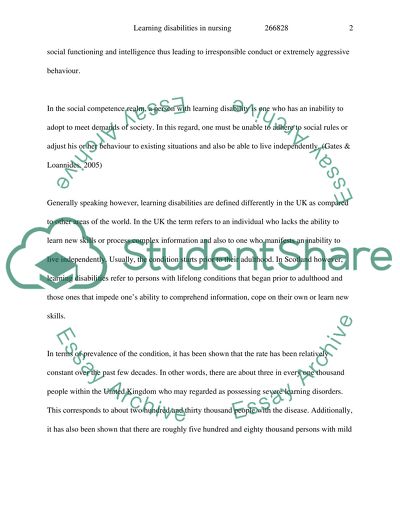Cite this document
(“Learning Disabilities in Nursing Article Example | Topics and Well Written Essays - 2250 words”, n.d.)
Learning Disabilities in Nursing Article Example | Topics and Well Written Essays - 2250 words. Retrieved from https://studentshare.org/health-sciences-medicine/1533776-learning-disabilities-in-nursing
Learning Disabilities in Nursing Article Example | Topics and Well Written Essays - 2250 words. Retrieved from https://studentshare.org/health-sciences-medicine/1533776-learning-disabilities-in-nursing
(Learning Disabilities in Nursing Article Example | Topics and Well Written Essays - 2250 Words)
Learning Disabilities in Nursing Article Example | Topics and Well Written Essays - 2250 Words. https://studentshare.org/health-sciences-medicine/1533776-learning-disabilities-in-nursing.
Learning Disabilities in Nursing Article Example | Topics and Well Written Essays - 2250 Words. https://studentshare.org/health-sciences-medicine/1533776-learning-disabilities-in-nursing.
“Learning Disabilities in Nursing Article Example | Topics and Well Written Essays - 2250 Words”, n.d. https://studentshare.org/health-sciences-medicine/1533776-learning-disabilities-in-nursing.


